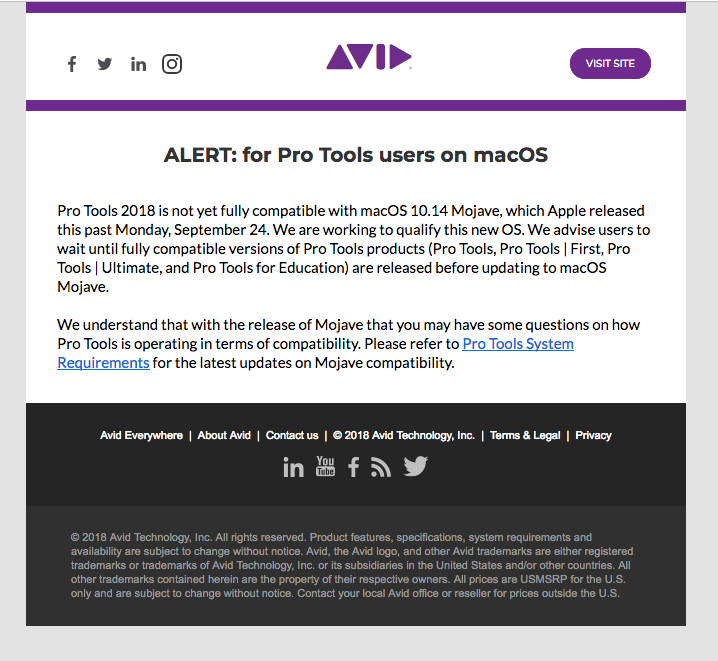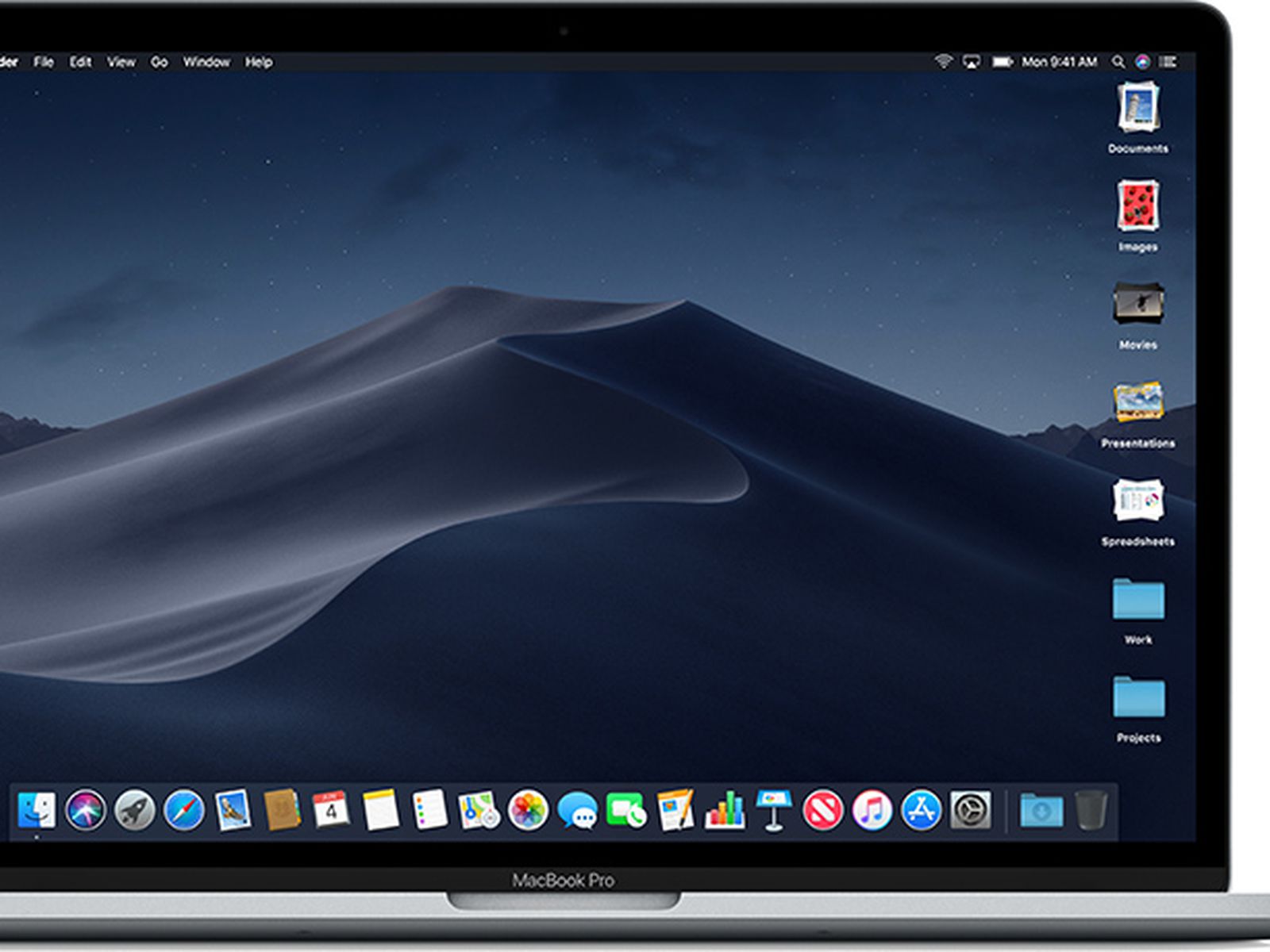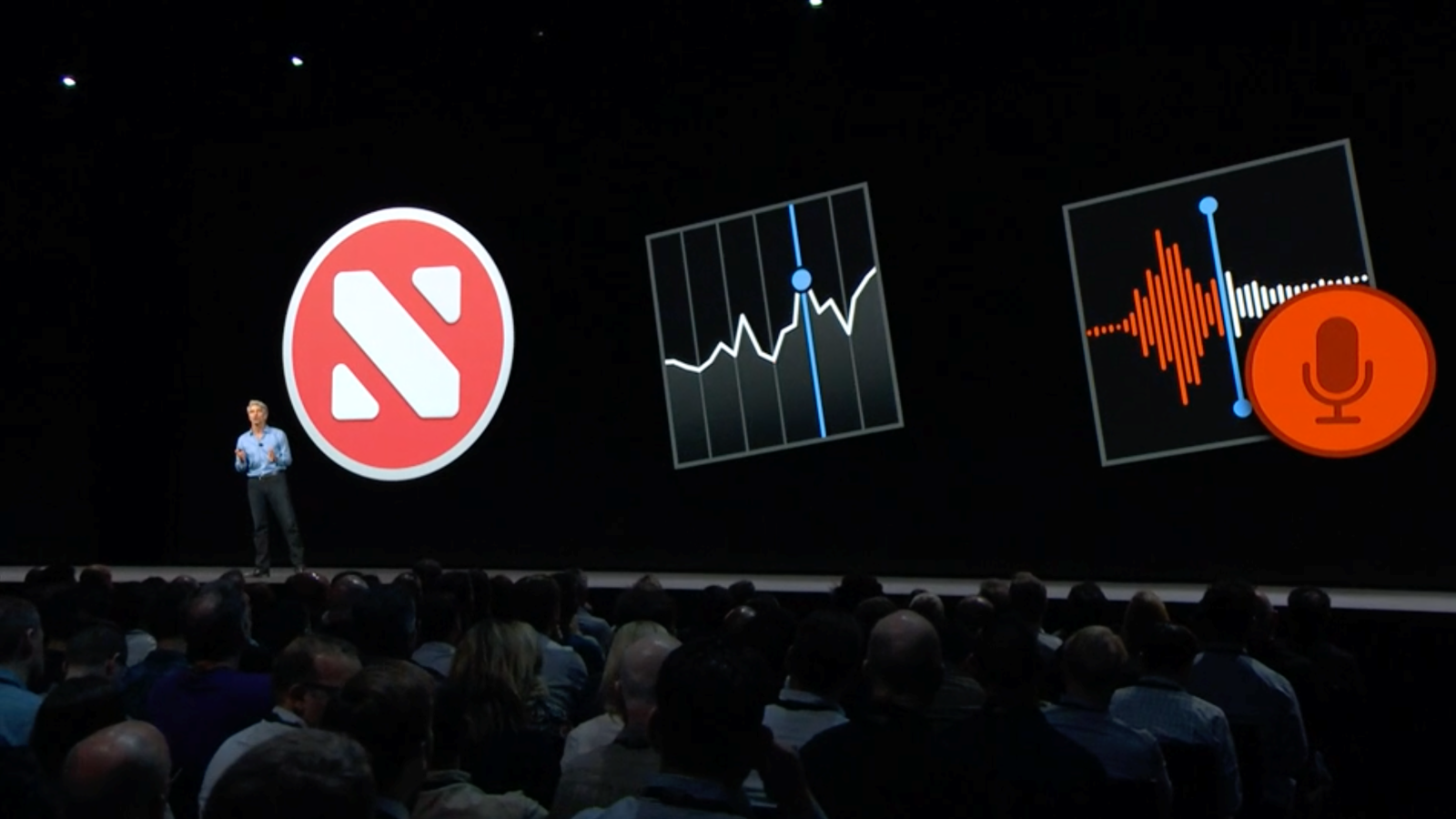Qualifying Macs For Mojave
- Qualifying Macs For Mojave County
- Qualifying Macs For Mojave California
- Mac Mojave Update
- Qualifying Macs For Mojave Az
We’re approaching the latter half of the summer here in the Northern Hemisphere, which means that Apple’s lineup of software updates is just around the corner.
While we’re not sure when macOS Mojave and the other updates will officially launch, it’s likely only a few months away. But you can prepare your Mac computer for the big update to ensure all goes smoothly with the following steps.
According to Apple, Mojave is compatible with 'Macs introduced in mid-2012 or later, plus 2010 and 2012 Mac Pro models with recommended Metal-capable graphics cards.' Breaking it down, the Mac. Apr 24, 2020 If your Mac isn't compatible with macOS Mojave, the installer will let you know. Make a backup. Before installing any upgrade, it’s a good idea to back up your Mac. Time Machine makes it simple, and other backup methods are also available. Learn how to back up your Mac.
Contents
- 1 The Essentials of Upgrading to macOS Mojave
- 2 Some Optional Steps
The Essentials of Upgrading to macOS Mojave
There are always a few things you should do prior to downloading and installing any software update, whether general public version or beta build. You can avoid some really nasty outcomes if you just take the time to follow the next few steps.
macOS Mojave Compatible Macs
Before you attempt to update to macOS Mojave, it’s a good idea to see if your Mac can even support it in the first place.
Luckily, that’s pretty easy to do. Apple has provided the following list of Macs that will be able to download and run the update.
- MacBook Pro: Mid-2012 and newer
- MacBook Air: Mid-2012 and newer
- MacBook: Early 2015 and newer.
- iMac: late 2012 and newer.
- iMac Pro: 2017 and newer
- Mac mini: Late 2012 and newer
- Mac Pro: late 2013 or newer.
For the upgradable Mac Pro, specifically, it’s worth noting that machines made in mid-2010 to mid-2012 models that Metal-compatible GPUs can download Mojave.
RELATED:
Clean Up Your Mac
It’s always a good idea to clean up your Mac before an update to ensure that the process goes smoothly.
That’s especially true if you’re running rather low on storage space on your primary HDD or SDD. If you don’t have enough space on your computer, it could throw a wrench in the macOS update process.
Even if you’re good on storage, it’s still a good opportunity to do some “housekeeping” and clean out unnecessary data and apps on your computer.
Just go through and delete unused apps, duplicate photos, files, or anything else that’s just taking up space.
Check Your Apps
On a similar note, you can should which apps on your Mac are still 32-bit. Apple has confirmed that macOS Mojave will be the last version of the operating system to run 32-bit apps.
So while you’ll still be able to run older apps on Mojave, it’s probably smart to update the ones you can.
That way, there’s less to do when you update to the version of macOS after Mojave. Plus, you’ll mitigate any issues with running aging software on a new version of macOS.
Create Full Backups
While the update process on macOS is generally pretty stable, there is still a range of things that can go wrong.
Because of that, it’s incredibly important that you create a full backup of your Mac system before even attempting to upgrade to a new version of macOS.
There are a number of ways to go about this, but it’s typically recommended that you create multiple backups of the important data on your computer.
You could, for example, use Time Machine to create a full backup of your Mac.

Then, use a USB flash drive, external hard drive, or a cloud-based service like iCloud Drive or Dropbox to save an alternate copy of your most important files.
Figure Out How to Download macOS Mojave
This may seem like an unnecessary step, but the exact method you use could depend on your circumstances.
For example, if you’re upgrading directly from a version of macOS High Sierra, then it’s pretty simple. You just open the Mac App Store, find the prominent banner for macOS Mojave, and click Download.
If you’ve been beta testing macOS Mojave (whether public or private beta), then the steps are a bit different. But you should be able to just run the macOS Mojave installer. The final version of macOS is generally the same as the Gold Master (GM) beta build.
But before you do either, make sure to read through the following section.
Some Optional Steps
Once you backup your compatible Mac, you should generally be set to download and install a new macOS software update. But, of course, there are always some extra steps you can take to ensure the process will go smoothly.
These may not strictly be necessary depending on your own Mac, but they’re still good ideas and generally recommended.
Make a Bootable Installer Drive (Just in Case)
Though it’s not strictly necessary in every instance, it might be a good practice to create a bootable installer with a previous version of macOS.
That way, if something goes wrong during or after the macOS Mojave, you have a last resort backup to get a stable version of macOS onto your machine.
It is a lengthy process, however. But if you want to foolproof your macOS Mojave update process, then it might be worth doing.
Apple has a great support document outlining the exact steps to create a bootable USB installer.
We strongly recommend using it if you choose to do so.
Decide Whether You Want a Clean Slate
Lastly, before you update to macOS Mojave, you have one last choice to make.
You can either carry over your current settings by simply installing the macOS Mojave update directly on your Mac.
This is convenient because you don’t have to necessarily change anything. As soon as the update completes, it’s business as usual on your computer.
Qualifying Macs For Mojave County
On the other hand, some people like stating with a “fresh slate.” And if you delete all the data on your hard drive or SSD, you might notice some performance bumps when you do update.
Qualifying Macs For Mojave California
You can simply pull the important data you had backed up via Time Machine or another storage medium. Any settings you’d have to reset, however.
Additionally, you’d need to create a bootable installer with macOS Mojave to start with a fresh operating system.
Mike is a freelance journalist from San Diego, California.
While he primarily covers Apple and consumer technology, he has past experience writing about public safety, local government, and education for a variety of publications.
He’s worn quite a few hats in the journalism field, including writer, editor, and news designer.
Related Posts:

This page contains affiliate links. As an Amazon Associate I earn from qualifying purchases.
Introduction
Apple today just released a new update for macOS Mojave – version 10.14.5.
One of the smoothest Mojave updates so far, installing without issues on both of my real Macs and my Hackintosh machines.
Quicksync is still working for hardware h264 and hevc / h265 encoding and decoding.
You can update via the System Preferences app in macOS, or by downloading the 10.14.5 update package from the Apple website.
According to Apple, the update
…improves the stability and reliability of your Mac

Mac Mojave Update
and also adds Airplay 2 support.
Qualifying Macs For Mojave Az
As ever, it’s recommended to backup your boot drive, along with your EFI partition, before updating, using Carbon Copy Cloner or similar, so that you can roll back in case of any issues.